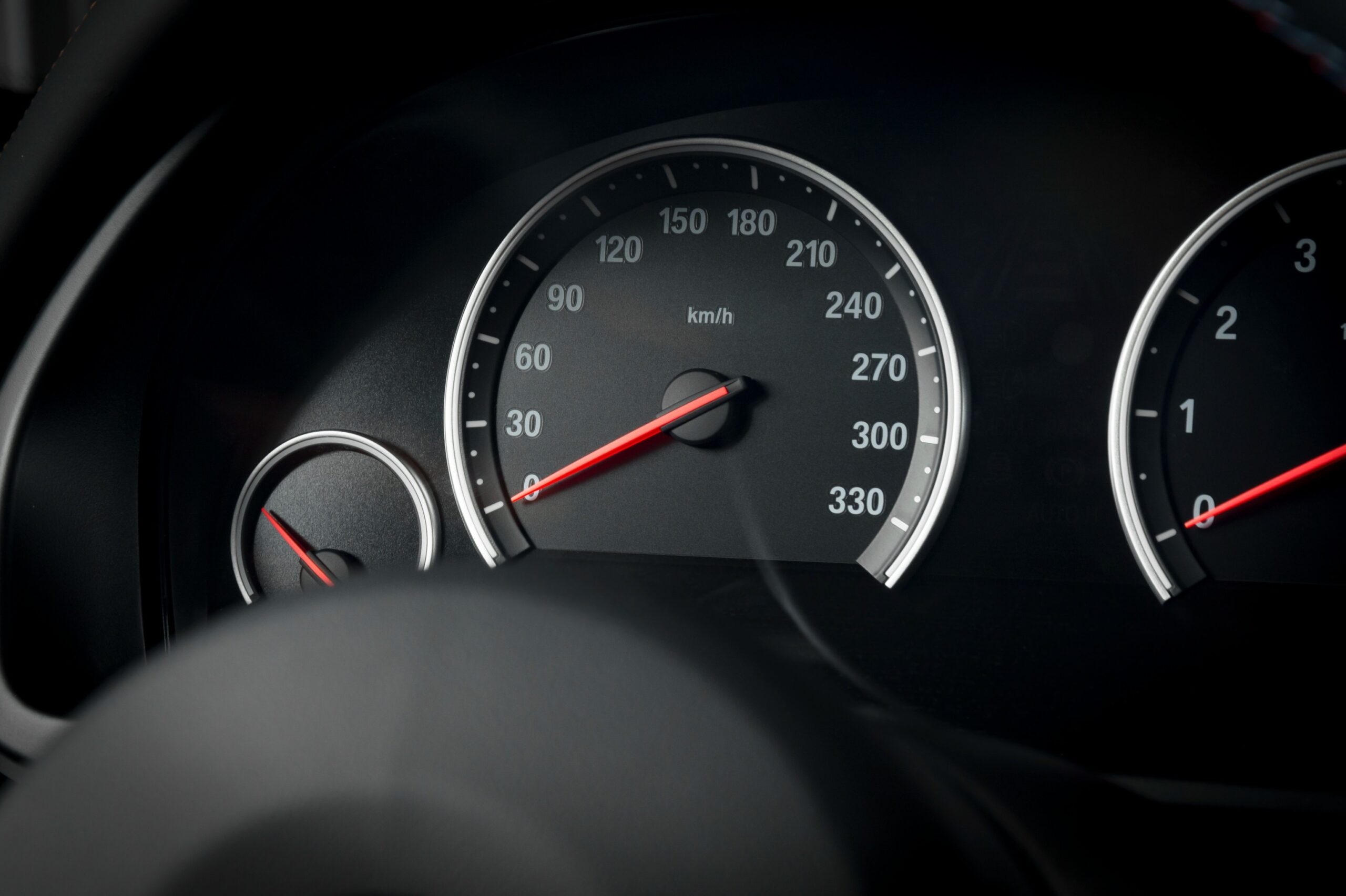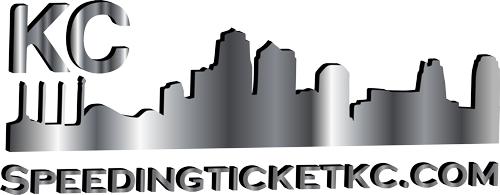LIDAR vs. Radar: How Kansas City Measures Speed on the Road

Understanding Speed Measurement in Kansas City
The Kansas City police measure vehicle speed with the use of LIDAR and radar. These devices help track how fast the cars move along busy streets and highways. Each of these devices works differently, but the purpose served by all of them is exactly the same: to keep the drivers safe and to enforce the laws against speeding.
Speeding Ticket KC is one of the best firms based in Kansas City, Missouri, that helps drivers understand how these devices may affect their case. Knowing how LIDAR and radar work could make all the difference if one is facing a charge of speeding.
What is Radar and How It Works
The word “Radar” is an acronym for the name “Radio Detection and Ranging.” It detects a vehicle’s speed via radio waves. The radio waves it sends out bounce off that vehicle when an officer points a radar gun at a moving car. The time those waves take to return indicates to the device the speed of the car.
They are relatively easy to operate and perform well under almost all weather conditions. Police can measure speed from either a stationary or a moving patrol car. Because of this, radar remains one of the most common tools for traffic enforcement in Kansas City.
What is LIDAR and How It Works
LIDAR is an acronym that describes “Light Detection and Ranging.” It uses a focused laser beam instead of radio waves. LIDAR guns shoot a short burst of laser light towards a target vehicle. The device measures how long it takes for the light to reflect.
LIDAR is more accurate than radar. It can target one car among many in heavy traffic. Officers often use LIDAR when there is much speeding, or near schools and stoplight intersections.
Key Differences between LIDAR and Radar
While it’s true that both are used in the measurement of speed, clear differences exist in how they work and where they’re used:
- Technology: Radar uses radio waves while LIDAR uses laser light.
- Range: Whereas radar covers an area, LIDAR targets one vehicle at a time.
- Accuracy: LIDAR provides more accurate readings in high-density traffic.
- The weather is another factor: while radar works well in rain or fog, LIDAR needs clear visibility to function well.
- Operation: Radar can be operated from moving patrol cars, while LIDAR is mostly used when stationary.
These are the instruments chosen by the officers in the Kansas City police department, depending on the location and flow of traffic.
Why Police Use Both Systems
Both LIDAR and radar play critical roles. Radar does well at monitoring speed on highways, where targeting, because of multiple lanes, can be difficult. LIDAR is better in crowded city areas or at points of specific enforcement.
Utilizing both systems also extends flexibility to the police in Kansas City, as they are able to adapt to environments while ensuring accuracy in the detection of speed. It is a well-balanced approach toward keeping the roads safe for all drivers.
How Speeding Charges Are Proven
An officer usually relies on either radar or LIDAR readings when issuing a speeding ticket. These are taken as hard evidence in court, but they have to meet certain standards for them to hold in court.
Officers must ensure devices are tested, calibrated, and operated properly. Weather, angle, and distance can affect accuracy. If one of those steps was omitted or if the reading was taken improperly, then the results can be challenged.
Speeding Ticket KC has helped numerous drivers challenge the evidence of radar and LIDAR in court. Sometimes the facts learned about one of these devices could lead to reduced fines or the dismissal of charges.
Common Errors in Radar and LIDAR
Even the most high-class devices can fail sometimes. The common troubles can be:
- Poor alignment or calibration
- Targeting the wrong vehicle
- Reflection from nearby objects
- Weather interference
- Human error in reading the device
In any of these events, the speed reading is not valid. Speeding Ticket KC reviews the technical details in preparing strong defenses for drivers.
Legal Use of Speed Detection in Kansas City
In Kansas City, police officers cannot operate a speed detection device without conditions. First, these devices must be certified; the officers who handle these devices need to be trained. In that respect, the devices also undergo periodic maintenance and testing.
These are serious standards for the courts, and one missing record or an expired certification can make radar or LIDAR evidence unreliable. This is why drivers with speeding tickets should not assume the evidence is flawless.
How Speeding Ticket KC Helps Drivers
Speeding Ticket KC defends speeding tickets based on both radar and LIDAR evidence. The firm analyzes every aspect of the case, from the maintenance records of the device to the training record of the officer.
The firm contests the validity of the ticket in cases where there are errors or inconsistencies. In fact, many charges brought against our clients have resulted in reductions or dismissals due to improper speed readings.
Speeding Ticket KC aims to protect your driving record and reduce fines, license points, or insurance hikes.
Technology and Fair Enforcement
While technology helps improve safety, one must take into consideration the issue of fairness. Devices used include radar and LIDAR, which are usually deployed in responsible ways. Officers need training, and equipment needs frequent checks.
Drivers have rights, too. If a speeding ticket seems unfair, you can challenge it. Speeding Ticket KC serves to ensure speed enforcement in Kansas City is accurate and just.
Final Thoughts
Lidar and radar are critical to controlling traffic in Kansas City. Either one has its own strength, and both keep the roads a little safer. But mistakes do occur. Don’t face a speeding ticket alone. Speeding Ticket KC can guide you through the process of your case, understanding all of the evidence presented to fight for the best outcome possible. Their long experience in both radar and LIDAR cases gives you a strong defense against speeding tickets.
FAQs
1. Can police use radar while driving in Kansas City?
Yes. Because the radar works while the patrol car is in motion, it’s helpful for highway patrols.
2. Are LIDAR readings more accurate than radar?
Yes, LIDAR targets one vehicle at a time for more precise readings in traffic.
3. Does the weather affect LIDAR and radar accuracy?
Yes, rain, fog, or glare could affect LIDAR much more than radar because it interferes with light.
4. How do I contest a radar or LIDAR speeding ticket?
You can question anything from calibration and officer training to the accuracy of the reading. Speeding Ticket KC can help you do just that.
5. What should I do if I get a speeding ticket in Kansas City?
Contact Speeding Ticket KC today. They can review your case and work to protect your record.

